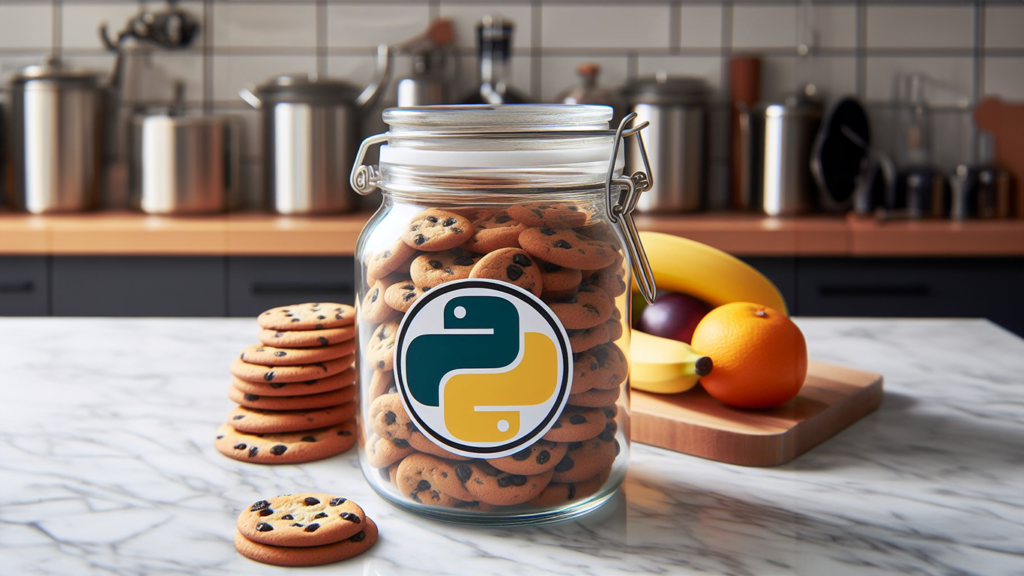Introduction
Welcome to the world of Python functions, folks! Are you ready to take your coding game to the next level? Great, because functions are the ultimate power tool for any Python programmer. With functions, you can organize your code, make it more readable, and reuse your code. And the best part? They’re not as scary as they seem.
First, let’s talk about what a function is. A function is a block of code that performs a specific task. It can take inputs (also known as parameters) and it can return an output. Think of a function like a recipe. You have a set of ingredients (parameters) and you follow a set of instructions (code) to make something delicious (output).
For example, let’s say you want to create a function that takes in a name and returns a greeting.
def greet(name):
return "Hello, " + name + "!"
This function takes in a parameter called “name” and it returns a string that includes the name. You can call this function by passing in a name like this:
print(greet("Bob"))
This will return “Hello, Bob!”
Parameters in Python Function Arguments
Functions can also take multiple parameters. For example, let’s say you want to create a function that takes in two numbers and returns their sum.
def add(num1, num2):
return num1 + num2
You can call this function by passing in two numbers like this:
print(add(5,10))
This will return 15.
Return Statements in Functions
Functions can also return multiple values. For example, let’s say you want to create a function that takes in a list of numbers and returns the minimum and maximum value.
def min_max(numbers):
return min(numbers), max(numbers)
You can call this function by passing in a list of numbers like this:
print(min_max([1, 2, 3, 4, 5]))
This will return (1, 5).
Functions add more Readability
Functions can also be used to make your code more readable. For example, let’s say you have a long piece of code that calculates the area of a circle. Instead of having all that code in one place, you can put it in a function called “calculate_area” and call that function whenever you need to calculate the area of a circle.
def calculate_area(radius):
return 3.14 * (radius ** 2)
You can call this function by passing in a radius like this:
print(calculate_area(5))
This will return 78.5.
Functions can also be used to make your code more reusable. For example, let’s say you have a long piece of code that validates an email address. Instead of having to write that code every time you need to validate an email address, you can put it in a function and call that function whenever you need to validate an email.
def is_valid_email(email):
if '@' in email:
return True
else:
return False
You can call this function by passing in an email like this:
print(is_valid_email("example@gmail.com"))
This will return True
Document your Functions!
One thing to keep in mind is that when creating functions, it’s important to give them descriptive and meaningful names. This makes it clear what the function does, and it makes it easier for other people (or your future self) to understand your code.
Another thing to keep in mind is that it’s a good practice to add documentation to your functions, also known as “docstrings.” Docstrings are a way to add additional information about your functions, such as what the function does, what parameters it takes, and what it returns. This can be especially helpful for others who may be using your code or for your future self when you come back to your code after some time. Here’s an example of a docstring for the “greet” function from earlier:
def greet(name):
"""Takes in a name and returns a greeting"""
return "Hello, " + name + "!"
Conclusion
In conclusion, functions are a powerful tool that can help you organize your code, make it more readable, and make it more reusable. They can take inputs, return outputs, and even return multiple values. So, go forth and function like a pro! Use them wisely, give them descriptive and meaningful names, and always remember to keep your code clean and readable with docstrings. Happy coding!

